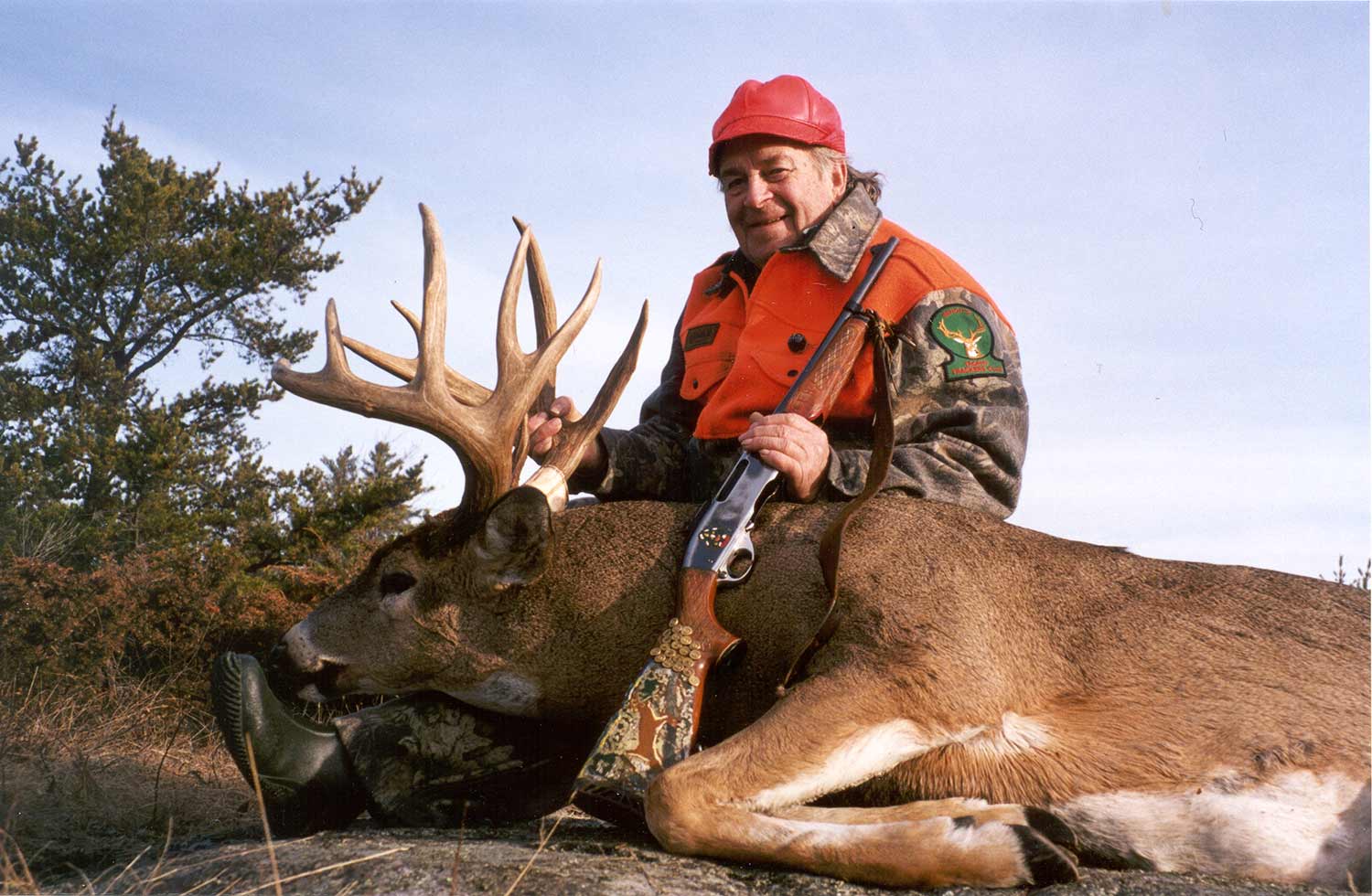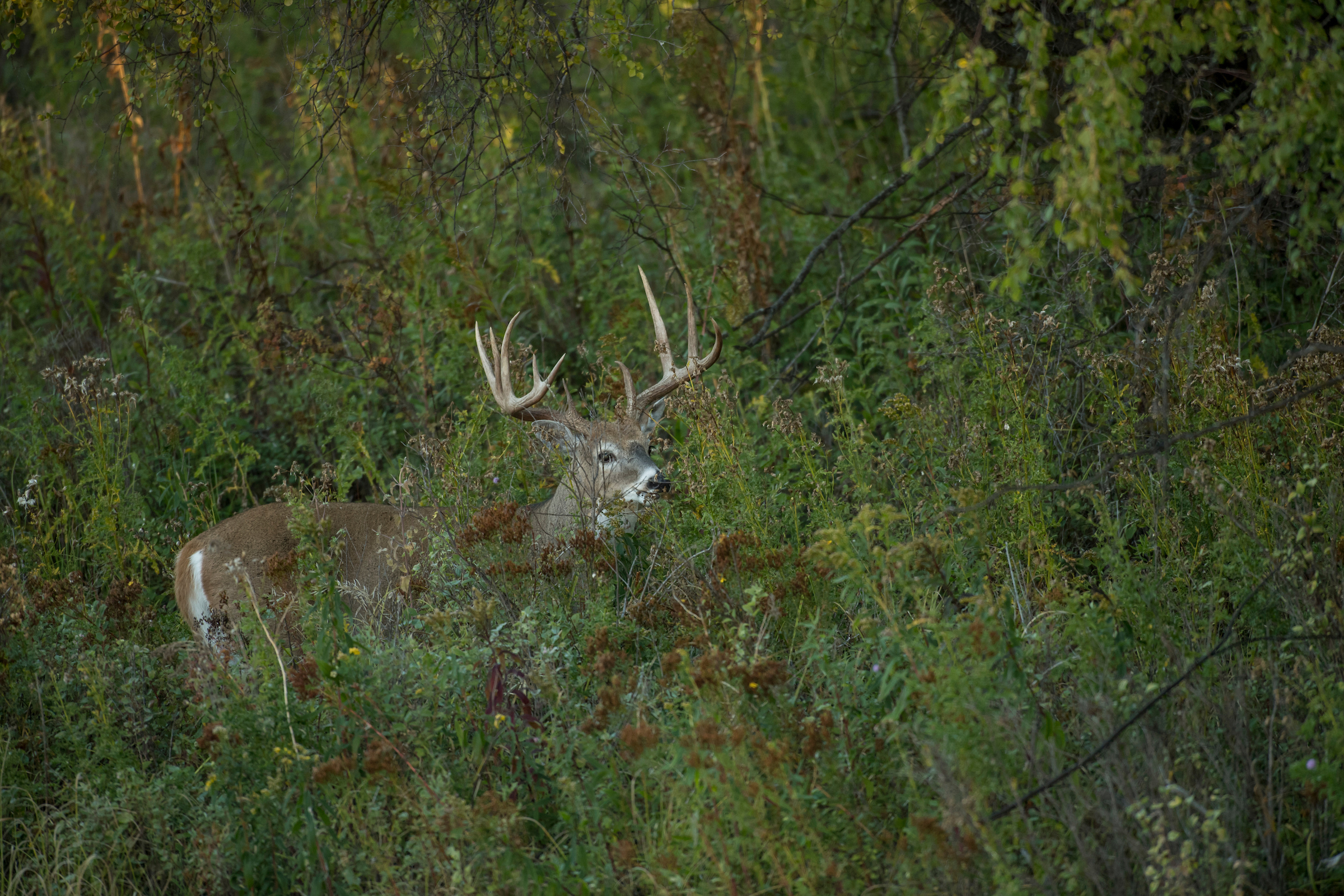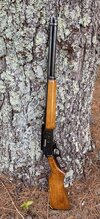Hokkmike
Member
I know the classic definition of brush gun includes a cartridge that fires a projectile big enough that its trajectory and course is not significantly affected by trees, branches, and etc. A gun writer once wrote that such a caliber does not exist, and that all bullets are deflected to some degree by obstructions of this kind. Further, he stated "What business do hunters have making a shot where the target is not clear and 100% identifiable?" I know that I would never shoot through tree branches, bushes, or tall grass at the form or silhouette of an animal. I might well shoot a deer stepping out from behind a tree or into a visible gap between vegetation, rocks, dirt piles, or tree trunks - but not while the target is obscured. The lightest gun I have hunted with is a .223 - the heaviest, a .444 Marlin. Most would say the former is NOT a brush gun while the latter is, but I wonder.....
(one of my other silly rules is to never shoot at a running deer)
(one of my other silly rules is to never shoot at a running deer)





